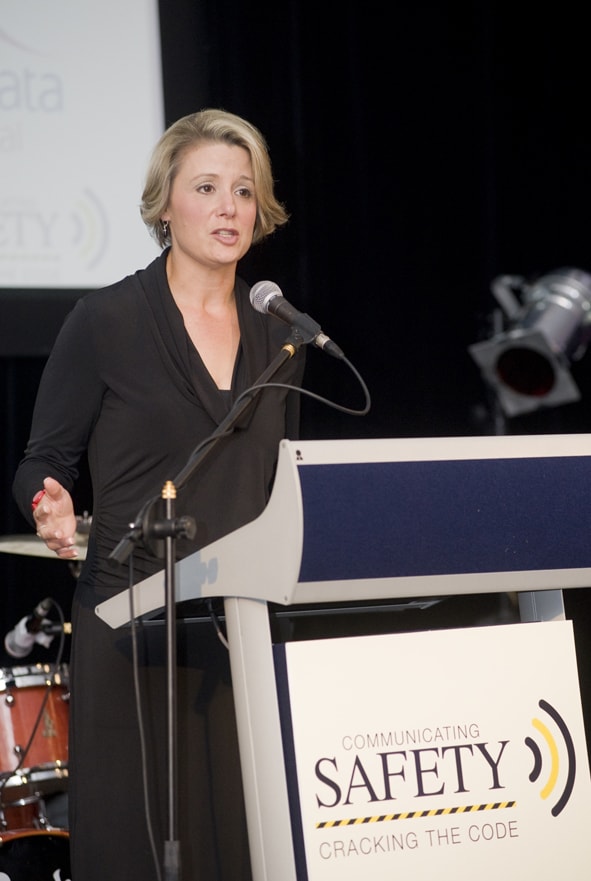There are several issues in the United Kingdom at the moment that could affect workplace safety, not including Lord Young’s OHS review.
Great Britain is to undergo enormous funding cuts to most of the civil service. The Health & Safety Executive (HSE) is to have its budget cut by 35% according to the Trades Union Congress (TUC).
Another issue is that a TUC survey has found:
“Almost half (49%) of safety representatives said that as far as they know, a health and safety inspector has never inspected their workplace…”
“Knowing that an inspector is likely to visit is one of the key drivers to changing employers’ behaviour and making the workplace safer and healthier. It is a scandal that nearly half of workplaces in the UK have never been visited by a health and safety inspector.”


